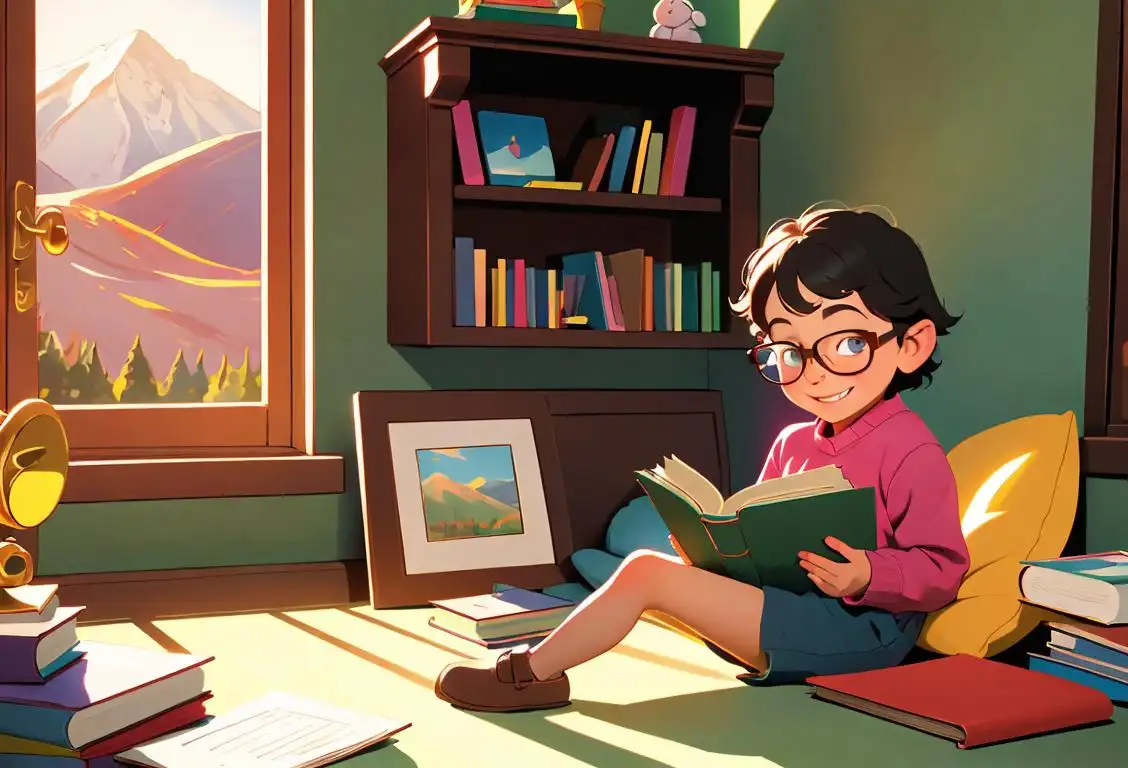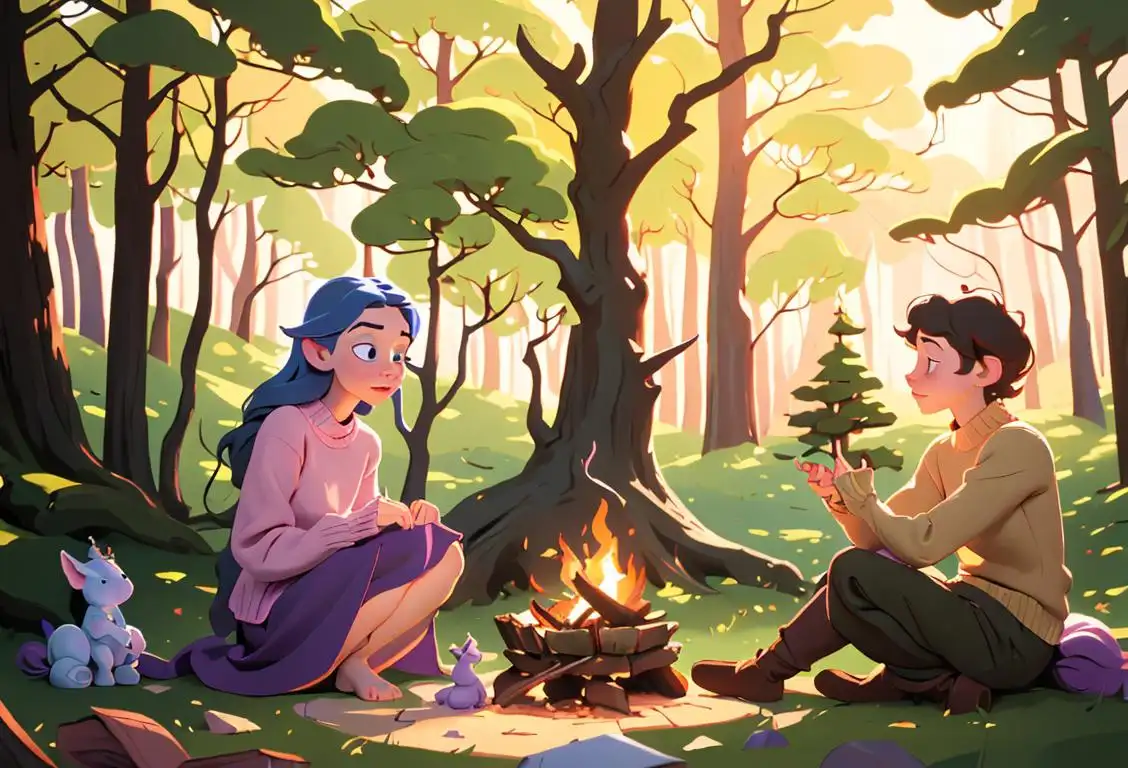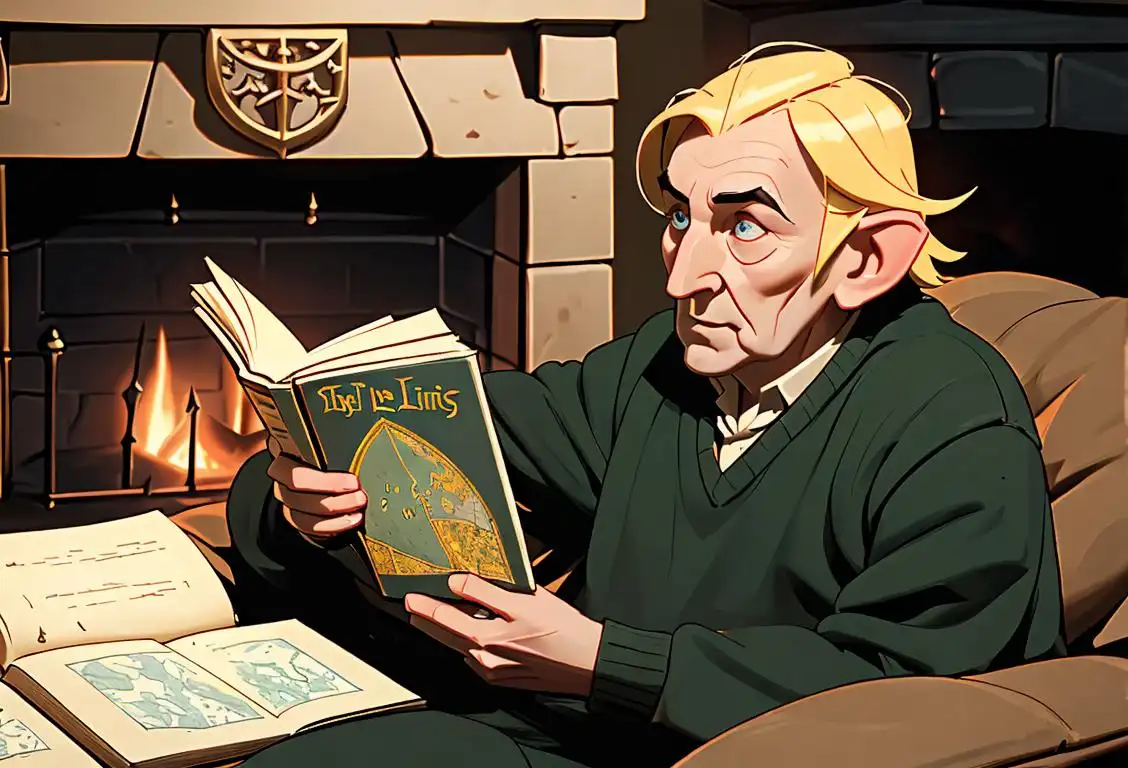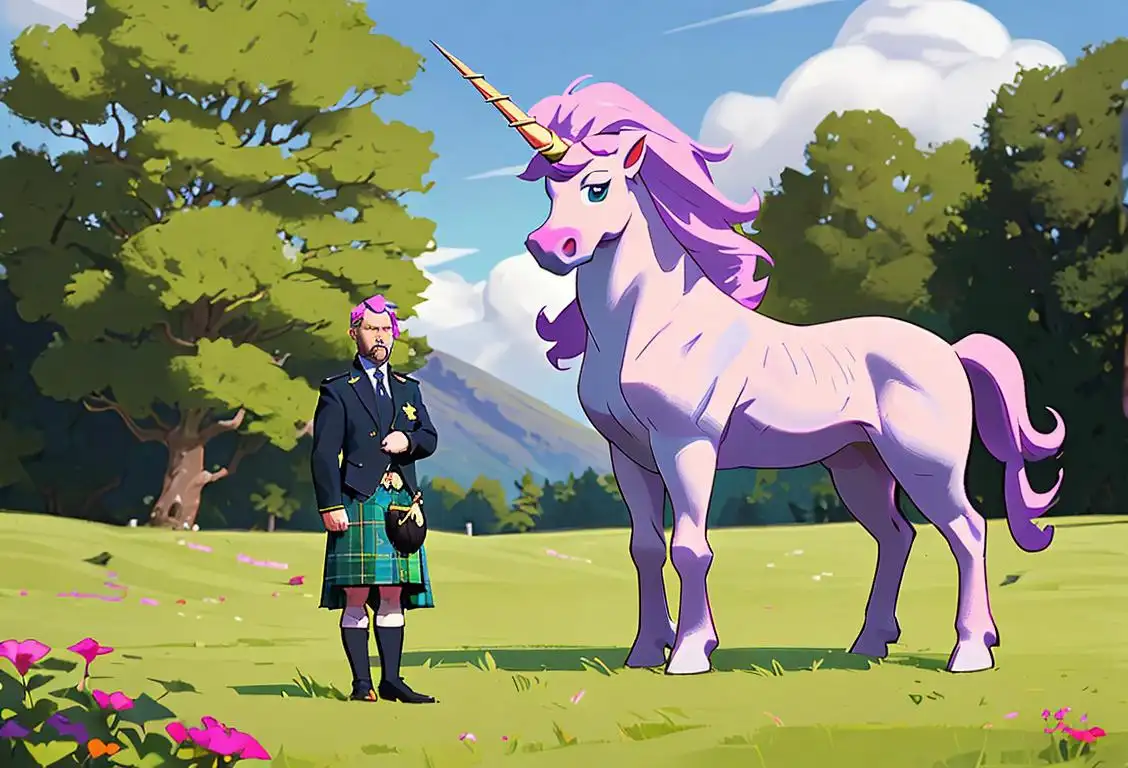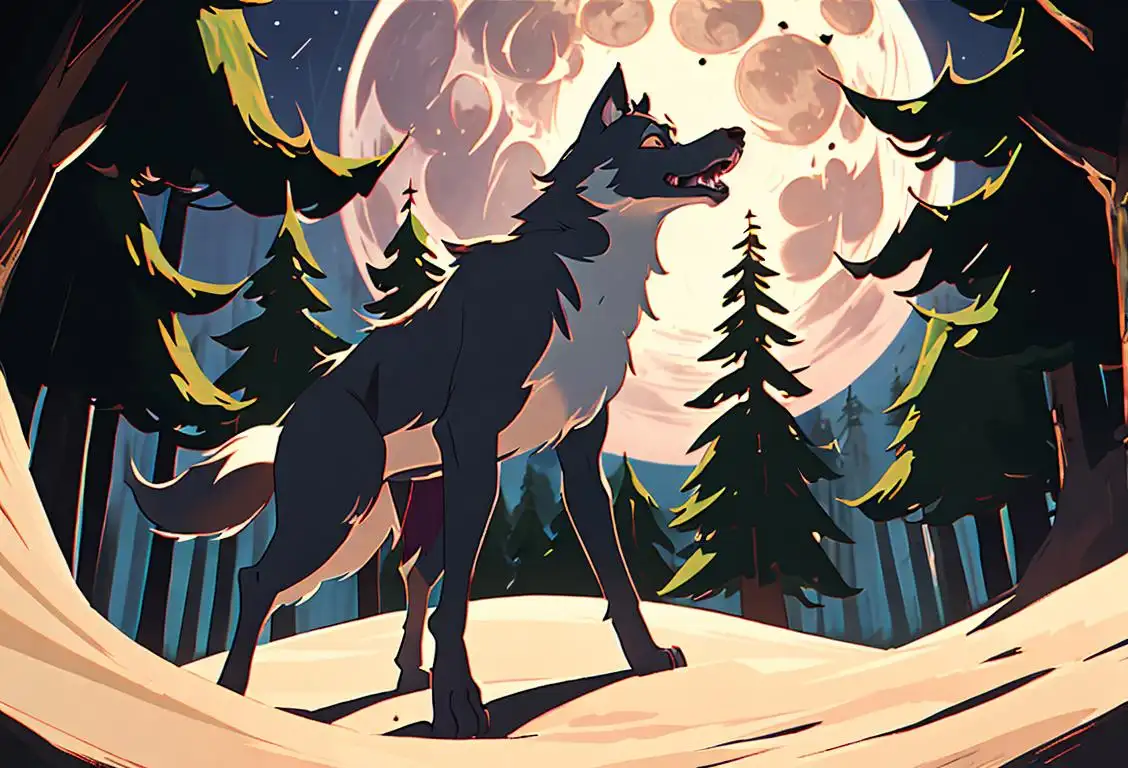National Magic Wand Day
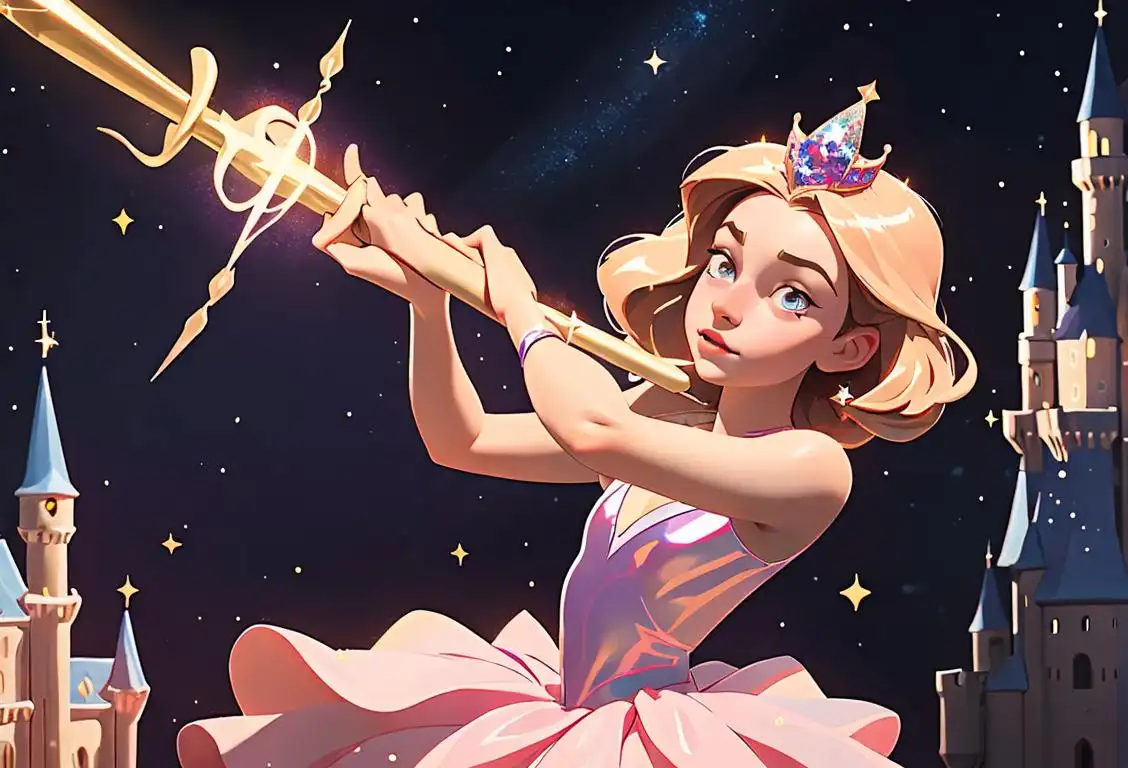
Welcome to the whimsical world of National Magic Wand Day! Prepare to be mesmerized as we explore the enchanting history and spellbinding significance of this extraordinary celebration.
When is Magic Wand Day?
It's national magic wand day on the 3rd November.
A Brief History of National Magic Wand Day
It's not every day that you get to wave a magic wand and make things happen, but on National Magic Wand Day, anything is possible! This delightful holiday originated from the depths of the internet's imagination and quickly gained popularity among magic enthusiasts and dreamers alike.
The exact origins of National Magic Wand Day remain a mystery, hidden away in a secret spell book protected by an invisible force field. However, we can trace its roots back to the year 2016 when it first appeared online. Since then, people have embraced this enchanting holiday, celebrating the power of make-believe and the wonders of the impossible.
Celebrating National Magic Wand Day
On this remarkable day, magic wand enthusiasts, aspiring wizards, and fairytale fanatics come together to indulge their fantastical fantasies. Whether you're a skilled sorcerer or just a muggle with a vivid imagination, there are countless ways to celebrate.
For the more mystical among us, try organizing a magic show or attending one to witness the wonder of illusions firsthand. Dress up as your favorite magical character, be it a wizard, witch, or even a mischievous fairy godmother. And, of course, no celebration would be complete without waving your trusty wand and casting a few discreet spells of your own (though we recommend harmless tricks and treats only!).
Don't worry if you don't possess a real magic wand; improvisation is the key to success here. Craft your own wand using a stick, glitter, and a touch of imagination, or use a pencil and declare it your official wand for the day. After all, it's not the materials that make the magic; it's the wizard behind them!
Did You Know?
On National Magic Wand Day, did you know that waving your wand can bring unexpected joy and laughter? Research suggests that even the simplest act of pretending to cast a spell can boost your mood and ignite your imagination. So give it a try and let your inner sorcerer shine!
History behind the term 'Magic Wand'
1566
The first written mention
The term 'magic wand' is believed to have originated in 1566. The first written mention of the term can be found in William Painter's collection of stories titled 'Palace of Pleasure.' In one of the stories, a character uses a magical wand to transform her appearance. This marked the beginning of the term's association with magic and enchantment.
14th century
The Early Origins
The term 'magic wand' can be traced back to the 14th century, where it first appeared in medieval literature and folklore. In these early writings, the magic wand was often depicted as a wand or staff used by mythical or supernatural beings to perform extraordinary feats. These early references suggest that the concept of a magic wand has been deeply embedded in human imagination for centuries.
1200s
Emergence of the Term
The term 'magic wand' first emerged in the early 13th century. The word 'wand' originated from the Old Norse word 'vöndr' meaning 'rod' or 'staff.' At this time, wands were primarily associated with sorcery and witchcraft.
16th century
Magical Applications
By the 16th century, the term 'magic wand' began to be more specifically associated with spellcasting and magical practices. It became a symbol of authority and power in various magical traditions and stage performances. The association of the wand with magic was further popularized by the folklore of wizards and witches who would wield a wand as a tool to channel their supernatural abilities.
1805
Magician's prop
In the early 19th century, the term 'magic wand' became closely associated with stage magicians and illusionists. Magicians began using wands as props during their performances to assist with their tricks. The wand became an iconic symbol of magic and added an element of flair and mystique to the magician's act.
1400s
Symbol of Power and Authority
During the 15th century, the magic wand evolved to symbolize power and authority in the hands of rulers and religious figures. Its association with sorcery started to fade as it became a visual representation of control and command.
1902
Walt Disney introduces the Fairy Godmother
In 1902, the term 'magic wand' gained further popularity and cultural significance with the introduction of the Fairy Godmother character in a stage adaptation of Charles Perrault's fairy tale 'Cinderella.' The Fairy Godmother, with her enchanted magic wand, granted wishes and brought magic into the lives of Cinderella and the audience. This portrayal solidified the association between magic and fairy tales, contributing to the lasting image of the magic wand as a tool for miraculous transformations.
19th century
Fairy Tales and Children's Literature
In the 19th century, the term 'magic wand' gained even more prominence due to its appearance in fairy tales and children's literature. Fairy godmothers and benevolent characters often used the magic wand as a device to grant wishes or bring about positive transformations. This portrayal helped solidify the perception of the magic wand as a symbol of enchantment and limitless possibilities in the minds of children and adults alike.
1600s
Magicians and Illusionists
In the 17th century, the term 'magic wand' took on a new meaning thanks to the rise of magicians and illusionists. These performers incorporated wands into their acts, using them as props to create awe-inspiring tricks and illusions. The magic wand became synonymous with stage magic.
1928
Disney's Mickey Mouse wields a magic wand
In 1928, Walt Disney's groundbreaking animated short film 'Steamboat Willie' featured Mickey Mouse as the mischievous protagonist. Towards the end of the film, Mickey finds himself in control of a magical paint brush, which he uses as a magic wand to create chaos and whimsical transformations. This portrayal further embedded the magic wand as an essential element of fantastical storytelling and solidified its place in popular culture.
20th century
Pop Culture and Media Influence
The 20th century witnessed a surge in the popularity and influence of the term 'magic wand' through various forms of media. From stage magicians to famous fictional wizards, the concept of a magic wand became deeply ingrained in popular culture. It became a ubiquitous symbol in fantasy books, movies, and television shows, capturing the imagination of audiences worldwide. The term 'magic wand' became synonymous with extraordinary power and the ability to make dreams come true.
1920s
Fairy Tales and Children's Literature
By the 1920s, the magic wand had established its place in fairy tales and children's literature. It became an iconic tool used by fairy godmothers, wizards, and magical creatures to grant wishes and perform enchantments. This representation solidified the popular image of a wand with a tapered end and magical abilities.
Present
Widespread Symbol of Possibility
Today, the term 'magic wand' continues to be widely recognized and used outside the realm of fantasy and fiction. It has become a metaphorical expression for a tool or solution that can magically solve problems or accomplish seemingly impossible tasks. It represents the human desire for agency, transformation, and achieving the seemingly unattainable. Whether in popular culture or everyday conversations, the magic wand remains an enduring symbol of hope, aspiration, and the power of imagination.
1997
Harry Potter's wand enters the scene
In 1997, J.K. Rowling's first novel in the Harry Potter series, 'Harry Potter and the Philosopher's Stone,' introduced readers to the magical world of Hogwarts School of Witchcraft and Wizardry. The wand became a pivotal object in the story, with each character possessing a unique wand that represented their personality and powers. The popularity of the Harry Potter franchise brought the concept of the magic wand to a new generation, capturing imaginations and reinforcing its cultural significance.
2000s
Pop Culture Phenomenon
In the 21st century, the magic wand has not only maintained its significance in traditional folklore but has also become a global pop culture phenomenon. Inspired by fantasy novels, movies, and TV shows, it has captivated the imagination of people worldwide. The term 'magic wand' is commonly used metaphorically to describe a quick and effective solution to a problem.
Present Day
Icon of magic and wish fulfillment
Today, the term 'magic wand' has become a cultural icon symbolizing magic, wish fulfillment, and the power to transform. It is often used metaphorically to describe a solution or tool that can seemingly accomplish impossible tasks. From fairy tales to stage magic, film, and literature, the magic wand has become deeply embedded in our collective imagination and continues to captivate audiences worldwide.
Did you know?
Did you know that waving your wand can bring unexpected joy and laughter? Research suggests that even the simplest act of pretending to cast a spell can boost your mood and ignite your imagination. So give it a try and let your inner sorcerer shine!Tagged
fun holidays fantasyFirst identified
3rd November 2016Most mentioned on
3rd November 2016Total mentions
4Other days
Magic Wand Day
Reading Day
Tell A Fairytale Day
Tolkien Reading Day
Animal Of Scotland Is A Unicorn Day
Ugly Christmas Jumper Day
Spoil Your Dog Day
Idgaf Day
Cheeks Day
Werewolf Day
